Retrospective: The Occupy Movement
Do you remember when the whole world rose against the big banks and challenged income inequality? It may actually be poised for a comeback, so keep reading and refresh your memory.
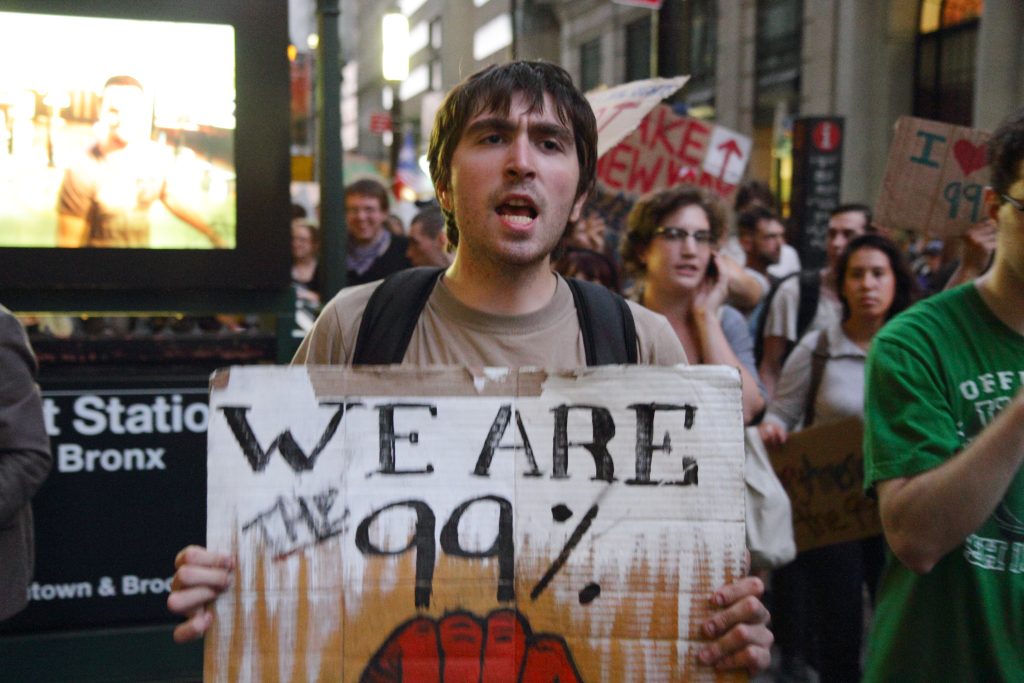
A man is holding a sign that says, "We Are The 99%" at an Occupy Wall Street protest. Licensed by PaulSteinJC under Creative Commons Attribution-Share Alike 2.0 Generic.
In 2011, Occupy Wall Street sparked a global civil disobedience movement which would come to be known as the Occupy movement. Its scope would grow to become difficult to encompass in words, and yet it was started by regular folks in a city they felt was pricing them out, as an almost Quixotic attempt to bring accountability to the big banks. If one lesson must be learned from this movement, it’s that under the right circumstances, a mob with the right concept can mobilise any number of people any distance away against any opponent. And yet, if there must be another lesson, it’s that lasting change isn’t this simple.
To put things into perspective, Occupy dwarfed every civil rights and civil disobedience movement before and since. It was bigger than the Arab Spring, Black Lives Matter, the Antiwar movement, #MeToo, and the Freedom Convoy movement. It triggered so many protests worldwide that a comprehensive list would vastly exceed the scope of this article; The Guardian states the number of cities holding protests within a month of Occupy Wall Street’s inception exceeded 900. And while lasting change remains somewhat elusive, it certainly proved to have lasting power, being credited with inspiring spin-off movements such as the fight for $15 an hour for NYC fast food workers.
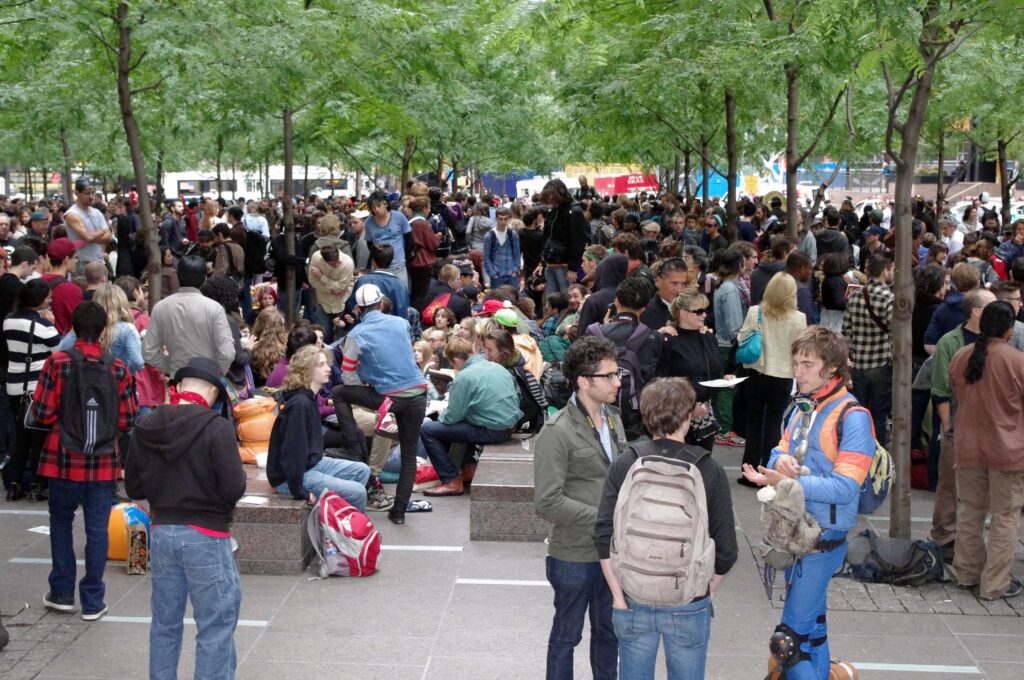
“We are the 99%”
So how did it start? I would trace its roots to the outrage that followed the 2008 crash and the mind-boggling bailouts that followed, while ordinary Americans felt the pinch of a recession and a massive wave of foreclosures, often illegal and even predatory. Of course one name that got dragged in the mud was Goldman Sachs, one of the country’s largest investment banks and definitely its most rapacious, which was widely blamed for causing the crisis yet not only escaped liability, but even seemed to profit from it. That the protesters chose to occupy Zuccotti Park, a public space owned and operated by Goldman Sachs, was of course a powerful symbol, the protesters’ message being about widening income inequality and widespread corruption stemming from savage capitalism.
The initial protest was called forth by Adbusters, a collective founded in 1989 running a bi-monthly magazine, several months ahead of its September 17th, 2011 date. Unlike the Arab Spring, which occurred spontaneously, Occupy Wall Street was the product of intense planning and promotion by strategists who knew how to market an idea and handle the logistics of an actual event.
For all the hype that surrounded it, the initial occupation was rather modest, with attendance estimated at about one or two hundred protesters, but the crowd quickly swelled in the coming month, to a few thousands when city plans to clear the are were abandoned amid flurries of vain arrests for disorderly conduct and the ominous prospect of escalation.
Of course so many people cannot just pitch hundreds of tents and occupy a public place indefinitely without extensive logistical support. If nothing else, these people needed to be fed, with costs escalating to thousands of dollars a day. The occupiers also needed basic hygiene, of course, which required creative solutions such as sympathetic neighbouring residents offering access to showers. Another basic need, easily neglected, was communication, which was largely carried on site via what would be coined as the “human microphone“, an ad-hoc public idea relay by word of mouth (working around megaphone prohibition in parks) doubling as a direct democracy experiment, which had the additional benefit of binding the crowd together; for once even the disenfranchised felt they were being listened to.
Unfortunately, the occupation of Zuccotti Park was ultimately broken by the NYPD in November. This stresses one of the protest’s planning deficiencies, which was the lack of a strategy to counter police intervention, especially since the protesters were fully expecting getting physical with the police. This could be blamed in part to some of them’s strict commitment to nonviolence, but this is hardly an excuse: eco-protesters are an example of people strongly committed to nonviolence yet having an extensive array of tactics for getting physical with law enforcement and making every inch of ground as costly to encroach upon as possible, while actual occupations such as the Section 504 sit-in showed that, with proper planning and resolve, standing one’s ground against the threat of police eviction is indeed possible. In this respect, its virtues as a leaderless mob also proved to be its undoing; the 99% did not have its own 1% of strong leaders capable of galvanising the mob for an actual fight instead of a mere protest.
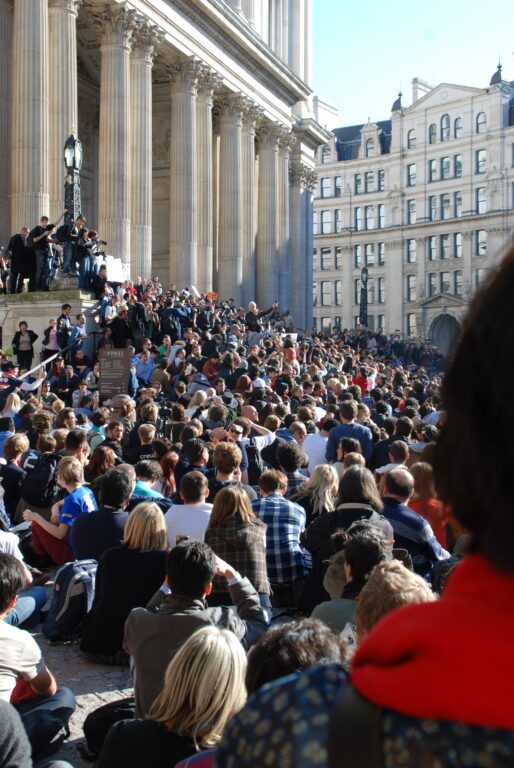
The wildfire spreads worldwide
A protest can be broken, and a mob dispersed, but a movement is much harder to kill, and Occupy’s slogans held worldwide appeal. As previously mentioned similar encampments and rallies sprouted worldwide within a month of Zuccotti Park’s occupation, thus gaining massive media attention—and that of increasingly nervous governments unused to large mobs of anarchists demanding change.
The movement peaked on October 15th, 2011 with an explosion of simultaneous protests all across the globe. The largest were the anti-austerity Spanish protests, which drew over one million people, as they had been since May. Thousands rallied in many cities in Europe, including Rome, Berlin, and Frankfurt. About 5000 gathered outside St. Paul’s cathedral (after giving up on the London Stock Exchange), where Julian Assange famously addressed the crowd, and the encampment lasted until January 2012. 10’000 marched across New York, where authorities feared another Zuccotti Park. 20’000 marched in Lisbon, and 4’000 in Athens, protesting austerity policies. The list goes on and on.
Allow me to quote The Guardian here to show not only the scale of it, but its unusually graphic media depiction:
In Madrid, tens of thousands thronged the Puerta del Sol square shouting “Hands up! This is a robbery!” In Santiago, 25,000 Chileans processed through the city, pausing outside the presidential palace to hurl insults at the country’s billionaire president. In Frankfurt, more than 5,000 people massed outside the European Central Bank, in scenes echoed in 50 towns and cities across Germany, from Berlin to Stuttgart. Sixty thousand people gathered in Barcelona, 100 in Manila, 3,000 in Auckland, 200 in Kuala Lumpur, 1,000 in Tel Aviv, 4,000 in London.
Esther Addley, writing for The Guardian, on October 18th, 2011.
Naturally, that was to mark the end of austerity policies enacted in the aftermath of the Great Recession. This many people cannot be ignored indefinitely without risking both voter backlash at the polls and unchecked civil unrest.
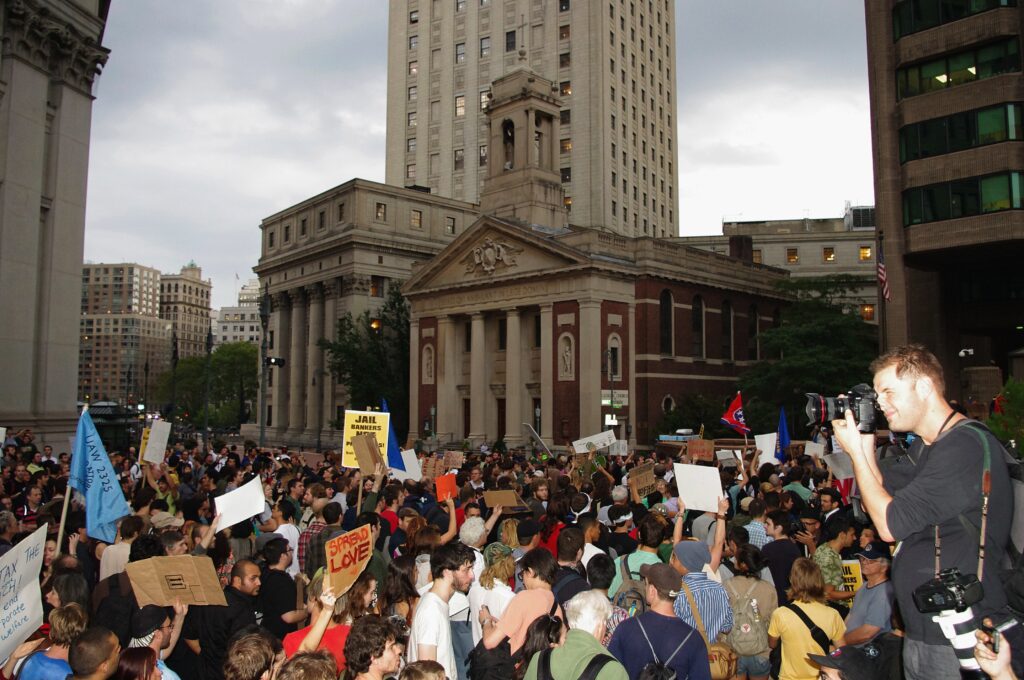
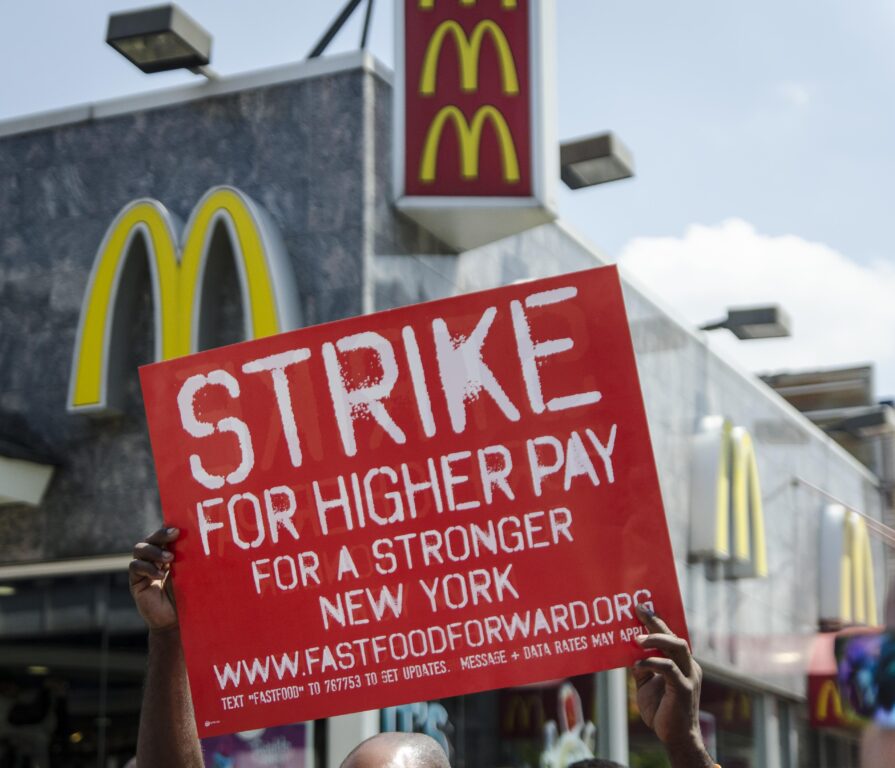
Legacy
While Occupy did achieve lasting results, I would rather start by addressing its shortcomings. My worst criticism is that it degenerated into a melting pot of disparate grievances, which is what happens to leaderless movements which fail to state clear goals; in marketing terms, too many people pitching in their ideas dilute the brand. Just like the Freedom Convoy protests have been criticised for attracting radical elements from movements that had nothing to do with freedom, so was Occupy contaminated by fringe elements trying to capitalise from its popularity. Having clear goals and having them constantly reiterated by a solid organising body helps a protest avoid such intrusions, and Occupy lacked both.
That being said, it would pave the way for movements that did. Its most notable was the Fight for $15, which was started by New York fast food workers but quickly swelled nationwide and did succeed at raising the minimum wage in many cities. Its tactics were similar to Occupy, but it stood apart from it by clearly stating its goal in its very designation; in contrast, Occupy stated its means instead. It shows how the latter learned from the former in a most fundamental fashion, and why the latter achieved more tangible results.
Occupy 2.0?
So you think the Occupy movement is cold dead after all this time? Actually, AdBusters is hell bent on reviving it, this time demanding an acknowledgement of the global climate emergency and immediate action to counter it, under pain of Occupy’s protests being revived. It remains to be seen whether this latter goal can inspire the masses as much as the former; historically, environmental causes have shown far less appeal to the public than economical or political ones. However, the collective seems to have learned from its original incarnation by stressing its goals at least as much as its means, while it’s shown the capability not only to plan far in advance but learn from its mistakes, so I can imagine it succeeding where the likes of Save Old Growth have failed. Time will tell.
Discover more from Rulebreakers
Subscribe to get the latest posts sent to your email.



